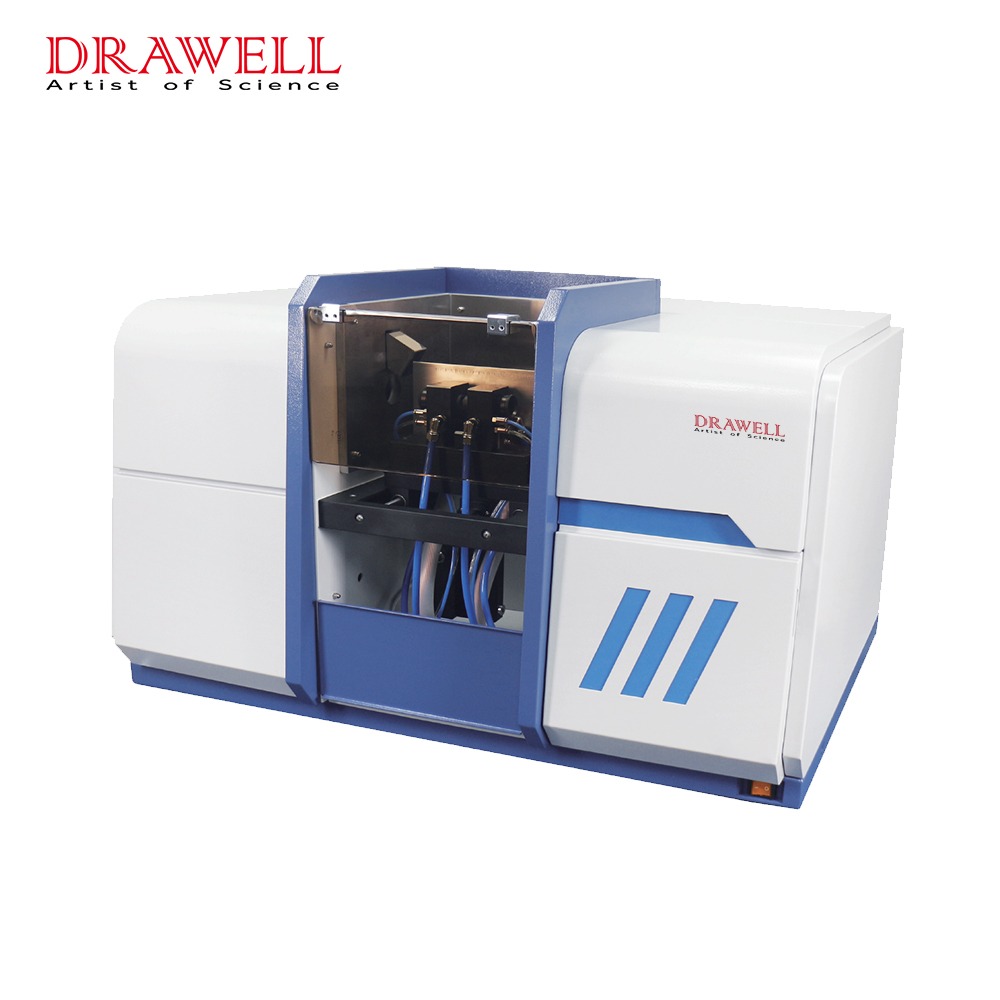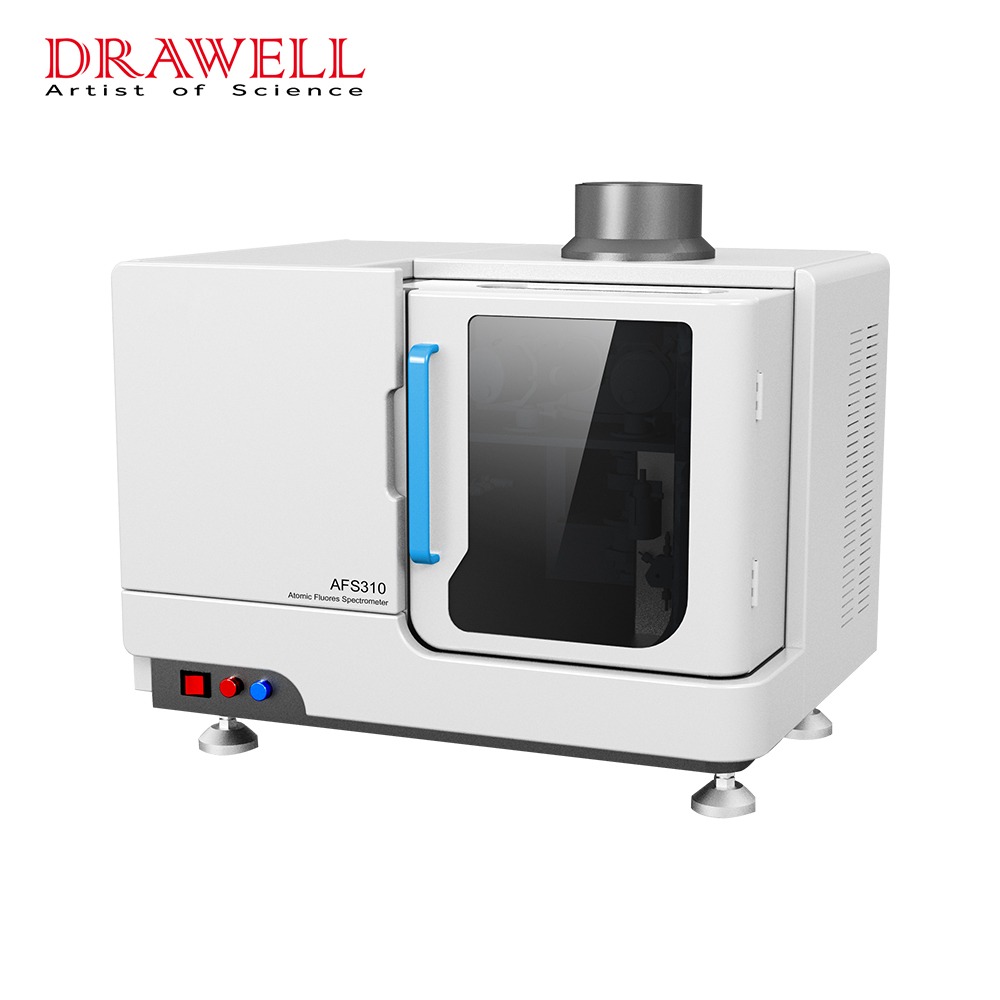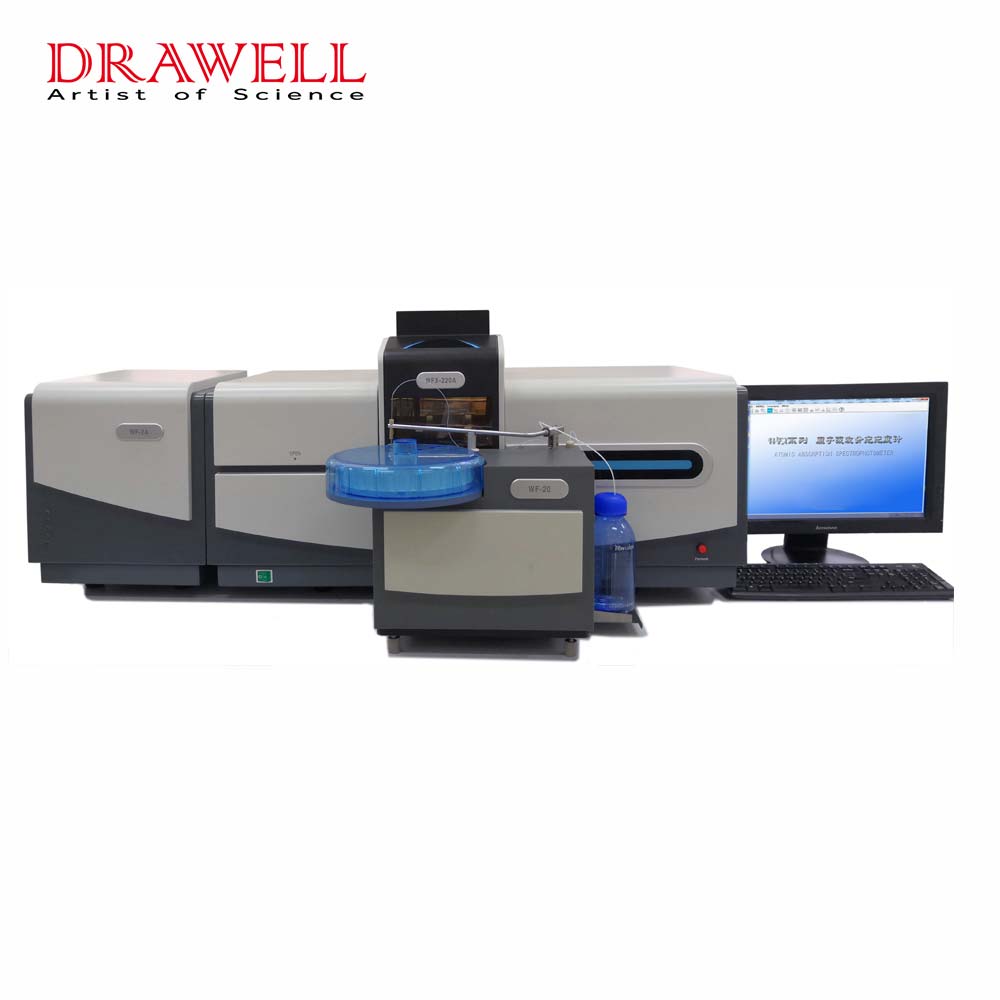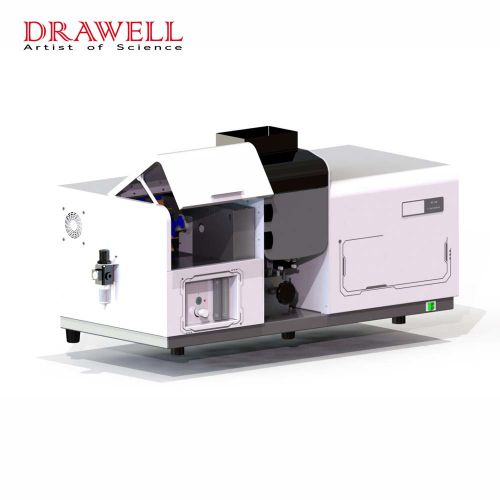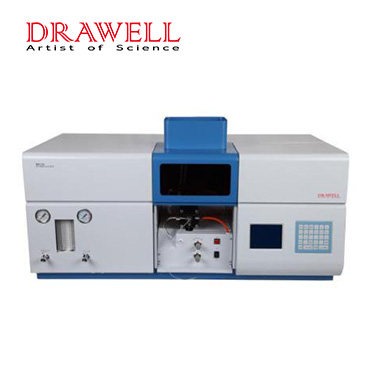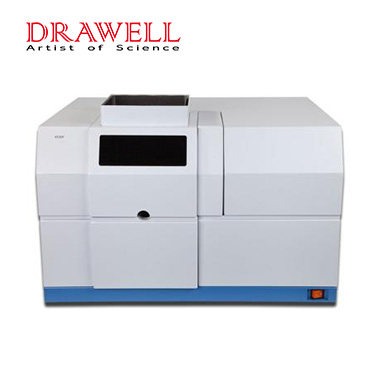Atomic Absorption Spectroscopy (AAS) is a powerful analytical technique that has revolutionized the field of chemistry. It offers a versatile and highly sensitive method for the quantitative analysis of elements in various samples. Since its introduction in the 1950s, AAS has found numerous applications across different branches of chemistry, making it an indispensable tool for researchers and analysts. In this article, we will explore the various applications of Atomic Absorption Spectroscopy in chemistry, showcasing its broad utility and impact.
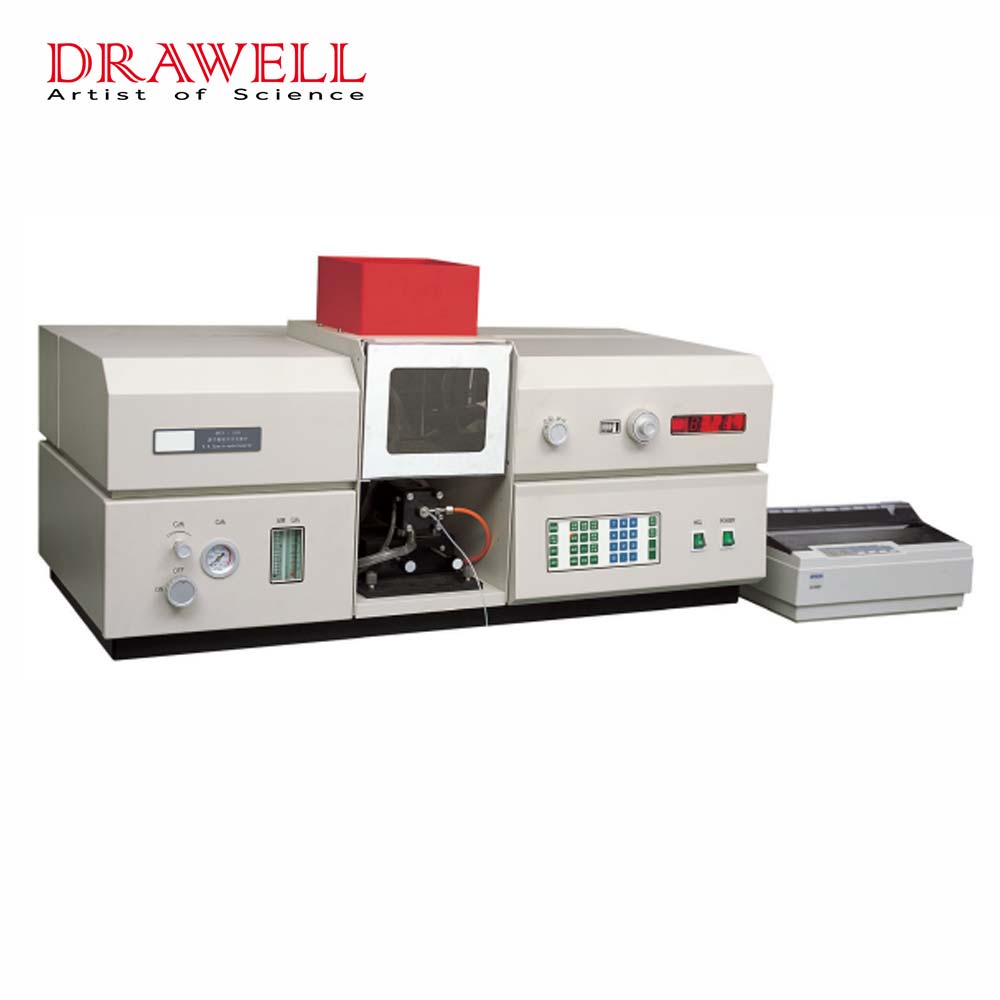
What is AAS?
AAS works by vaporizing a sample and then passing a beam of light through the vapor. The light is absorbed by the metal atoms in the vapor, and the amount of light absorbed is proportional to the concentration of metal atoms in the sample.
There are three main types of AAS: flame AAS (FAAS), graphite furnace AAS (GFAAS), and hydride generation AAS (HGAAS). Each type of AAS has its own advantages and disadvantages, and the best type to use depends on the sample being analyzed and the desired detection limit.
- FAAS is the most common type of AAS and is used to analyze a wide range of samples. It is a relatively simple and inexpensive technique, but it has a higher detection limit than other types of AAS.
- GFAAS is a more sensitive technique than FAAS and is used to analyze samples with very low concentrations of metal atoms. However, GFAAS is also more complex and expensive than FAAS.
- HGAAS is used to analyze elements that form hydrides, such as arsenic, antimony, and selenium. HGAAS is a more sensitive technique than FAAS for these elements.
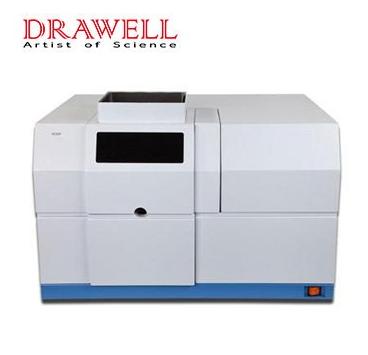
What are the AAS in Chemistry Applications?
AAS is used in a wide range of chemistry applications, including:
- Environmental analysis: AAS can be used to determine the concentration of metal pollutants in environmental samples, such as water, soil, and air. This information can be used to assess the environmental impact of industrial activities and to develop remediation strategies.
- Food and beverage analysis: AAS can be used to determine the concentration of metal nutrients and contaminants in food and beverage samples. This information can be used to ensure the safety and quality of food and beverages.
- Pharmaceutical analysis: AAS can be used to determine the concentration of metal impurities in pharmaceutical products. This information is important for ensuring the safety and efficacy of pharmaceutical products.
- Industrial analysis: AAS can be used to determine the concentration of metal impurities in industrial products, such as metals, plastics, and ceramics. This information can be used to improve the quality and durability of industrial products.
AAS is a powerful analytical tool that can be used to determine the concentration of metal atoms/ions in a wide range of materials. Here are some specific examples of how AAS is used in chemistry research:
- Determining the concentration of lead in gasoline: AAS can be used to determine the lead content of gasoline, which is important for ensuring the safety of gasoline emissions.
- Studying the uptake of heavy metals by plants: AAS can be used to study how plants absorb and accumulate heavy metals from the soil. This information can be used to develop strategies to reduce the uptake of heavy metals by food crops.
- Developing new chemotherapeutic drugs: AAS can be used to develop new chemotherapeutic drugs that target specific metal ions in cancer cells.
- Determining the metal content of ancient artifacts: AAS can be used to determine the metal content of ancient artifacts, which can provide information about the composition of the artifacts and the technology used to produce them.
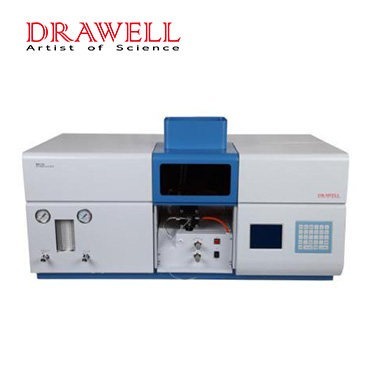
Conclusion
Atomic absorption spectroscopy has proven to be an invaluable tool in the field of chemistry with its diverse range of applications. From environmental monitoring to clinical diagnostics, food safety, and materials science, AAS has significantly impacted various aspects of chemistry. Its high sensitivity, accuracy, and ability to detect multiple elements simultaneously make it a preferred choice for researchers and analysts. As technology continues to advance, we can expect even more applications and refinements in AAS, further enhancing its importance in the world of chemistry.

